Saturday, March 5, 2022
Image of the week : whale superhighways
Friday, March 4, 2022
Canada (CHS) layer update in the GeoGarage platform
Mountains, sunken vessels and shoal.
There are many obstacles impeding mariner safety in our waters.
Learn how the Canadian Hydrographic Society uses cutting-edge technology to look below the surface and develop various navigational products to keep our waterways and mariners safe.
Three ways the Navy can surge its unmanned surface force
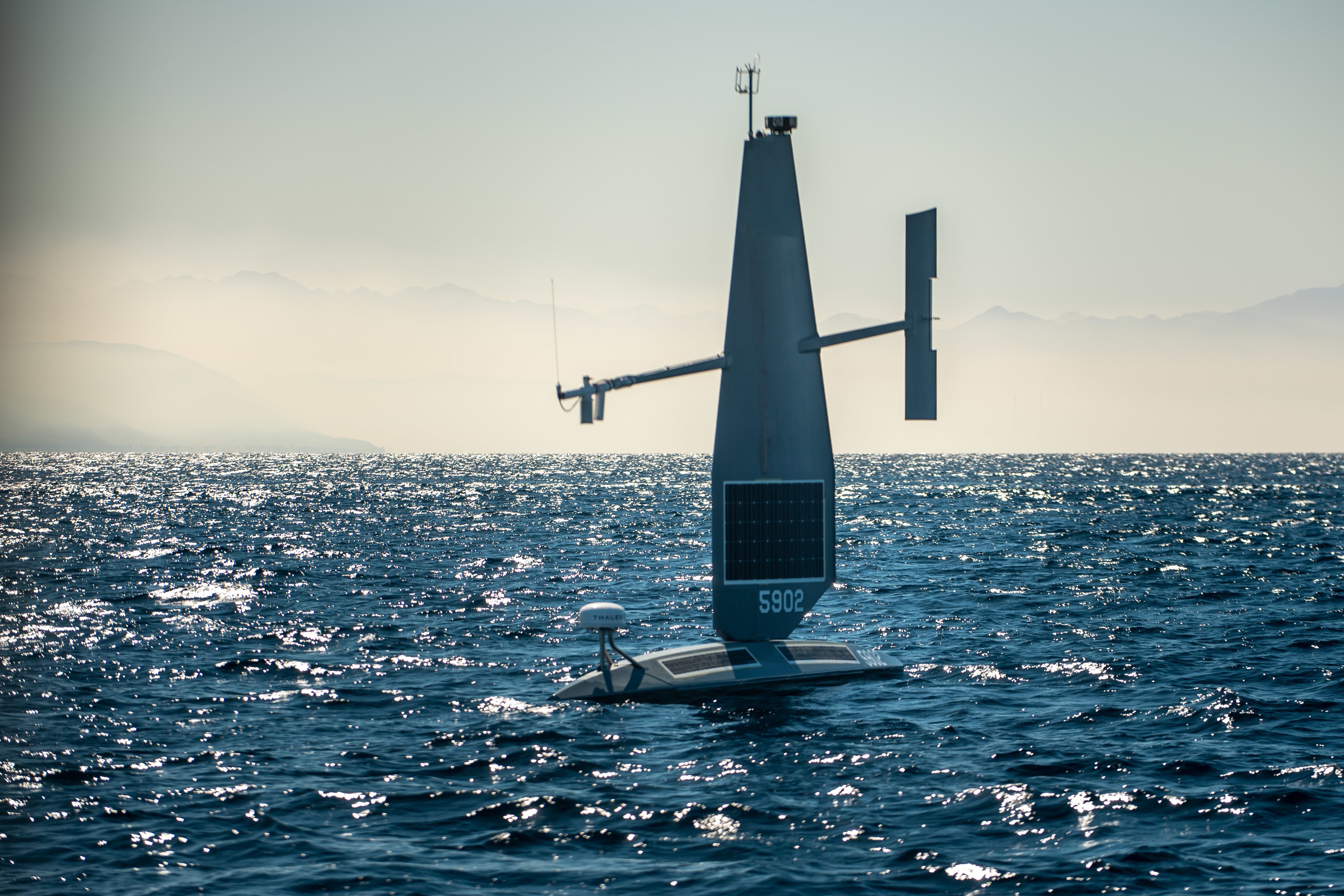
From RearClearDefense by Tim Gallaudet
The glaring exception is the Navy's Surface Force.
The U.S. Fifth Fleet has stepped up, announcing the goal of establishing a new joint fleet of unmanned systems with allied nations to dramatically multiply their surveillance capacities.
Rapidly Acquire More Small, High-TLR, COTS Platforms. Industry is awash in an astonishing array of affordable, autonomous surface systems that can be used to enable the Navy’s surface force.
Rapid acquisition can be achieved in several ways.
Accelerate Multi-Vehicle Integration. As UxS proliferate across the defense and civil sectors, multi-vehicle operations are emerging as the next major development.
A more nascent type of multi-vehicle operation involves integrating USVs with other types of UxS. UAS-USV integration has been demonstrated for anti-submarine warfare and mine warfare in exercises with the UK Royal Navy and Spanish Navy, while USV-AUV integration was successfully proven for subsea survey and asset inspection by a trio of energy and tech firms.
Exponentially Expand Manned-Unmanned Teaming. Unmanned systems are also key to implementing another warfighting imperative - distributed maritime operations.
Several credible authorities have criticized the Navy’s surface force as unprepared for competition with China and the demands of distributed maritime operations.
- Saildrone : NAVCENT Expands Unmanned Integration, Operates Saildrone in Arabian Gulf /
- Maritime executive : Spotted: U.S. 5th Fleet Tests a Sail-Powered USV in Persian Gulf
- SeaPowerMag : IMSC Integrates Unmanned Vessel During IMX/CE22
- NavyRecognition : Jordan and US Navy to create joint hub for Saildrone USV Unmanned Surface Vessel operations in the Red Sea
Thursday, March 3, 2022
Tropical seafloor secrets discovered as seabed 2030 gains momentum
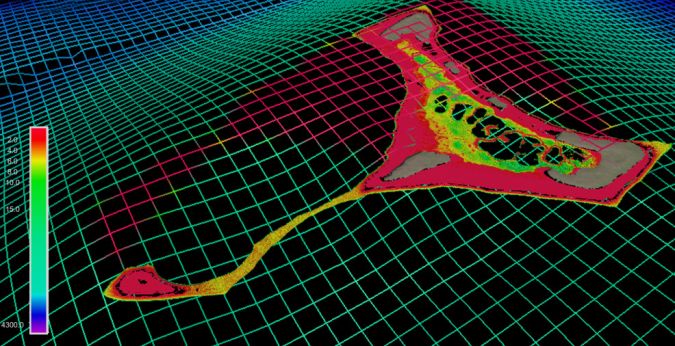 Pukapuka Atoll satellite derived bathymetry overlaying pre-existing data in the GEBCO Grid. (Courtesy: NIWA)
Pukapuka Atoll satellite derived bathymetry overlaying pre-existing data in the GEBCO Grid. (Courtesy: NIWA)From Seabed2030
Satellite technology has been used to chart shallow areas of the Cook Islands’ seafloor in never-before-seen detail by scientists at the National Institute of Water and Atmospheric Research (NIWA) and Toitū Te Whenua Land Information New Zealand (LINZ) working with the satellite data analytics company, EOMAP.
The work was carried out as part of The Nippon Foundation-GEBCO Seabed 2030 Project – a collaborative project aiming to bring together all available bathymetric data to produce the definitive map of the world ocean floor.
The discovery of the tropical seafloor secrets coincides with the One Ocean Summit, held in France, which saw UNESCO call on the international community to strengthen efforts in pursuit of mapping the remainder of the ocean floor – 20.6% has been mapped to date.
Kevin Mackay, a marine geology researcher at NIWA, also heads Seabed 2030’s South and West Pacific Ocean Data Centre – one of the project’s four regional centres, each responsible for data gathering and mapping in their territory.
High-resolution Pictures of the Earth’s Surface
The images are taken from two commercially owned satellites, World-View-2 and GeoEye-1, which provide extremely high-resolution pictures of the Earth’s surface.
Stuart Caie, manager hydrographic survey from LINZ, said: “The technology and processes are very clever – the satellite can see the shallow sea floor in exquisite detail, but to derive the water depth the software needs to get rid of obstructions such as shadows and waves. The software therefore strips away the water and uses complex algorithms to produce depth estimations before creating a map with colourings of what the seafloor would look like without any water, which we then use.”
Mapping the Complete World’s Ocean
Seabed 2030 – which is formally endorsed as a flagship programme of the Ocean Decade – is a collaborative project between The Nippon Foundation and the General Bathymetric Chart of the Oceans (GEBCO) to inspire the complete mapping of the world’s ocean and compile all bathymetric data into the freely available GEBCO Ocean Map. GEBCO is a joint programme of the International Hydrographic Organization (IHO) and the Intergovernmental Oceanographic Commission (IOC).
The South and West Pacific Ocean Regional Centre is made up of NIWA, GNS Science and LINZ, who are working together to map over 123 million km2 of ocean.
The nautical chart will be published in February and is hoped to improve ocean safety and scientific knowledge.
- GeoGarage blog : EOMAP completes first 3D habitat map of Great Barrier Reef / Effective surveying tool for shallow-water zones/ 'Un-mappable' Great Barrier Reef finally mapped in 3D / Nippon Foundation wants to map entire Ocean Floor by 2030 / Can scientists map the entire seafloor by 2030?/ Mappers look to chart world's ocean floor by 2030 / One-fifth of Earth's ocean floor is now mapped / Earth's final frontier: the global race to map the entire ocean floor / An ambitious project aims to map the entire ocean floor. It ... / Ocean floor to be mapped by 2030 / Interactive visualization of GEBCO 2021 grid released / Which countries are mapping the ocean floor? / Oceans' extreme depths measured in precise detail
Wednesday, March 2, 2022
‘World’s Oldest Map of the Stars’ coming to the British Museum
From RedBrick by Gwydion Elliott
Sci&Tech editor Gwydion Elliott explores the story of an extraordinary Bronze Age artefact and speaks to Neil Wikin, curator of Early Europe at the British Museum
The Nebra sky disk, thought to be the world’s oldest map of the stars, is to go on display at the British Museum this year.
Believed to be 3,600 years old, this artefact is a window into Bronze Age culture and its fascinating links with cosmology.
The disk is around 30cm in diameter and made of bronze, which has aged to form a blue-green patina.
Inlaid within the metal are several gold symbols marking the sun or full moon, a crescent moon, and stars.
Included is a cluster of 7 stars thought to represent the Pleaides star-cluster, which is visible in the night sky today.
Far from just decoration, these elements could have made the Nebra disk a useful astronomical instrument for determining the passage of the seasons.
For the people of the Bronze Age, understanding the passage of time was very important.
I spoke to Neil Wilkin, curator of Early Europe at the British Museum, who told me that the transition from hunting and gathering to farming required ‘a different view of time, and of place.’
As is true with monuments like Stonehenge and Newgrange, the Nebra sky disk helped them do this: two golden arcs (one is now missing) on either side of the disk intersect to create an angle of 82֯, the same angle which lies between the positions of the setting sun on the summer and winter solstices.
In a world before writing, the disk showed people how to use the setting sun to keep track of the time of year.
Neil explained to me that the disk seems to have meant different things to people as the Bronze Age progressed, reflected by the fact that different gold markings were added and removed throughout its life.
The golden arcs marking the solstices were a later addition, and one which may have obscured an older purpose for the disk.
The placement of the Pleiades star cluster between a crescent and new moon signals the beginning and end of the farming year in Europe; as a guide from the State Museum of Prehistory in Halle, Germany says: ‘The Pleiades were visible […] for the last time in the evening sky alongside the young new moon around 10 March, while the full moon would accompany their reappearance in the morning sky around 17 October.’
Going even deeper, the disk may contain a code for aligning the solar and lunar calendars – the position of the moon as well as the precise number of stars on the disk seem to suggest this.
Keeping track of the movements of both the sun and the moon was important for keeping time in this period, and so aligning their calendars was useful.
There is some scepticism as to whether the disk could really do this; Neil told me that he personally finds the Halle Museum’s account ‘very convincing’ but said that often in the study of prehistory ‘we never have 100% certainty’ about the artefacts that are found.
The movement of the sun and stars and the passage of time seem to have been of paramount importance to the people of the Bronze Age – even Stonehenge is aligned with the solstices.
Newgrange, a monument in County Meath, Ireland, has an inner chamber which is filled with a ray of golden sunlight as the sun sets on the winter solstice.
Beyond helping farmers plant their crops properly, this fixation on the passage of time surely implies a religious significance.
Midwinter could be a ‘critical and dangerous’ time for Bronze Age peoples, Neil told me.
As such the winter solstice must have taken on a great deal of importance, as it represented the start of longer and warmer days, and the return of the farming season.
The religious connotations of the disk changed again when a third grooved golden arc was added, this time to the bottom edge.
The markings on and around this arc suggest that it represents a mythical sky-boat.
The myth of a ship that carries the sun across the horizon is an old one, and representations of it can be found from Egypt to central Europe.
This helps illustrate how cultures were more interconnected in this period than you might first think.
Little is known about society at this time – with most settlements lost, Neil explained, burial sites are often our best source of evidence.
While many people seem to have been buried in a simple fashion, some graves formed enormous monuments.
Alongside those buried in this way there are often richly decorated weapons and jewellery.
In this way we can see what might well be the emergence of upper and lower classes in society.
I asked Neil more about this, and he told me that there is much debate about whether society was more hierarchical or egalitarian in this period.
The basis of social hierarchy, he told me, could have been the control of substances such as wool, amber and bronze, or power could instead have had more to do with religion.
Neil told me that in recent years there has been something of a shift in perspective towards a more egalitarian view of the past, with a shift away from what he called ‘a quite Thatcherite model’ of social structure.
At the same time he noted that academics should be wary of ‘idolizing the past.’
The Nebra sky disk is a fascinating window into the lives and cultural practices of Bronze Age peoples – a period of history that is very much shrouded in mystery.
It will be displayed in the British Museum this year as part of an exhibition called The World of Stonehenge.
- Joys of Museums : Nebra Sky Disk – Oldest Map of the Night Sky
- GoodNewsNetwork : British Museum Unveils Ancient Artifacts Illuminating the World of Stonehenge in New Exhibit
- Astronomy : The Nebra Sky Disk: Is the world’s oldest star map really a map at all?
- Artnet : Archaeologists Are Caught Up in an Intense Fight Over Just How Important the Mysterious Nebra Sky Disk Really Is
- NYTimes : A Bitter Archaeological Feud Over an Ancient Vision of the Cosmos
Tuesday, March 1, 2022
This woman discovered climate change 5 years before the man who gets credit for it

From Euronews By Nichola Daunton
Chances are you’ve never heard of Eunice Foote, but she was the first person to document climate change.
Foote’s experiment, which was documented in a brief scientific paper in 1856 noted that “the highest effect of the sun’s rays, I have found to be in carbonic acid gas [carbon dioxide].”
This discovery laid the groundwork for the modern understanding of the ‘greenhouse gas effect’ but the recognition was given to an Irish scientist named John Tyndall in 1861.

Eunice Foote was 37 years old when she made her climate breakthrough. Brought up on a farm in Connecticut, US, in her late teens she attended the Troy Female Seminary (later the Emma Willard School) - the first women’s prep school in America.
Based in Troy, New York, it was the first school to offer young women an education that was comparable to a man’s, with subjects including advanced maths and science.
One of her teachers was Amos Eaton, who co-founded the nearby Rensselaer School for boys and changed the way that science was taught in America.
It may have also helped that her father shared a name with one of the founding fathers of science - Isaac Newton.
Alongside her interest in science, Foote was also an active women’s rights advocate and was on the editorial board of the 1848 Seneca Falls Convention, the first woman's rights conference, organised by prominent suffragist Elizabeth Candy Stanton.
How did she discover climate change?
 Foote's scientific paper, 'On the heat in the sun's rays'
Foote's scientific paper, 'On the heat in the sun's rays'Foote’s scientific paper ‘On the heat in the sun’s rays’ was published in the American Journal of Science and Arts in November 1856.
The experiment that she conducted involved two glass cylinders, two thermometers and an air pump. She pumped carbon dioxide into one of the cylinders and air into the other, and then placed them out in the sun.
“The receiver containing the gas became itself much heated - very sensibly more so than the other - and on being removed, it was many times as long in cooling,” she says in her paper.
The higher temperature in the carbon dioxide cylinder showed Foote that carbon dioxide traps the most heat. She performed the experiment on a range of different gases including hydrogen and oxygen.
“On comparing the sun’s heat in different gases, I found it to be in hydrogen gas, 108°; in common air, 106°; in oxygen gas, 108°; and in carbonic acid gas, 125°.”
This finding led Foote to conclude that, “An atmosphere of that gas would give to our earth a high temperature; and if as some suppose, at one period of its history the air had mixed with it a larger proportion than at present, an increased temperature from its own action as well as from increased weight must have necessarily resulted.”
This was the first scientific acknowledgement that CO2 had the power to change the temperature of the Earth.
Why did John Tyndall get the credit?
John Tyndall was an Irish physicist, who was already well known within the scientific community for his work on magnetism and polarity when Foote published her findings.
In fact, Tyndall had published a paper on colour blindness in the same edition of The American Journal of Science and Arts as Foote had published her carbon dioxide experiment.
Then in 1861, John Tyndall demonstrated the absorptive nature of gases, including oxygen, water vapour and carbon dioxide.
There is some debate as to whether Tyndall stole Foote’s research, though perhaps it is fairer to say that reading it influenced his future discoveries - though he did not reference her in his findings.
Tyndall was commemorated as one of the founding fathers of climate change science, while Foote was forgotten until the early 21st century.
Either way, the result is the same - Tyndall was commemorated as one of the founding fathers of climate change science, while Foote was forgotten until the early 21st century.
Tyndall remained a prominent scientist until his wife accidentally killed him in 1893 by giving him a fatal dose of chloral hydrate, which he took to treat his insomnia.
What was early climate science like?
The 19th century was a key turning point in climate science and the use of fossil fuels.
By the 1880s, coal was being used to generate electricity for factories, while the first automobile, Karl Benz’s ‘Motorwagen’ heralded the age of mass private transport.
By 1927, carbon emissions from fossil fuels and industry hit one billion tonnes per year. Just for context, in 2019 fossil fuel use hit 36.7 billion tonnes.
These massive societal changes were not fully understood at first, and Swedish chemist Svante Arrhenius believed in 1896 that the greenhouse effect and subsequent temperature rise from burning coal - which he correctly predicted would be a few degrees - might actually be beneficial for humanity.
In fact, the greenhouse effect and its cataclysmic consequences wouldn’t begin to be taken seriously until the mid 20th century, after US scientist Wallace Broecker coined the term 'global warming'.
Other scientific women who have been forgotten
Foote’s contribution to the history of climate science was finally rediscovered in 2010 by Ray Sorenson, a retired geologist.
Foote’s contribution to the history of climate science was finally rediscovered in 2010 by Ray Sorenson, a retired geologist.
Unfortunately, Foote isn’t the only female scientist to be written out of history or have their discoveries credited to a man.
Thankfully though, women are beginning to get the recognition they deserve, as films like ‘Hidden Figures’, which tells the story of NASA mathematicians - Katherine G. Johnson, Dorothy Vaughan and Mary Jackson - show.
The three women of colour played key roles in the early years of NASA, but were historically overlooked until the film’s release in 2016.
‼️ Media alert#IPCC will hold a virtual press conference to present the Summary for Policymakers of the report #ClimateChange 2022: Impacts, Adaptation & Vulnerability, subject to approval by the Panel.
— IPCC (@IPCC_CH) February 25, 2022
⏰28 Feb, 12 pm CET
🎥 https://t.co/AjqyNymVme
➡️ https://t.co/SSVly8mLUx pic.twitter.com/ghvbLrjqNK
"Climate change is a threat to human well-being and planetary health. Any further delay in concerted anticipatory global action on adaptation and mitigation will miss a brief and rapidly closing window of opportunity to secure a liveable and sustainable future for all."
- IPCC : Climate Change 2022: Impacts, Adaptation and Vulnerability
- Climate Change News : US seeks to remove ‘losses and damages’ from scientific report on climate impacts
- FT : Climate change risks are greater than thought, warns IPCC report
- YouTube : 6th IPCC report: Sea level rise, impacts and vulnerability
Monday, February 28, 2022
What makes the Black Sea so strategically important?
A Russian amphibious assault is underway in Ukraine, pushing thousands of Russian naval infantry from the Sea of Azov onto land west of port town Mariupol, according to a U.S.defense official.
Ukraine has been training to defend against such an event since its naval fleet was decimated in 2014 after Russia took Crimea, the peninsula that separates the Sea of Azov from the larger Black Sea.
But an attack from the sea was something Ukraine was particularly vulnerable to — even if Russian forces have so far relied primarily on sending land forces across borders to attack Ukrainian cities.
There’s only one way in and out of the Black Sea.
Russia regularly sends its ships and submarines in and out of the sea, surging forces there or sending its Black Sea Fleet into the Mediterranean Sea for local operations.
Ukraine, unlike Russia, has no other fleets elsewhere, so there’s no backup coming from outside the Black Sea.
Which leads to the question: Who else may come and go from the Black Sea?
Nonresident countries may only send ships in for short stints and are limited by ship size.
So although NATO is not intervening militarily on Ukraine’s behalf, the Black Sea was always going to be a vulnerable spot for Ukraine.
In other words, if there were ever a body of water well suited for bullying your neighbor, it would be the Black Sea.
:quality(70)/cloudfront-us-east-1.images.arcpublishing.com/mco/5W5OEAZZQNEJZOQPQS5T77JHQU.jpg)
(Ozan Kose/AFP via Getty Images)
Encircling the waterway are Turkey, Bulgaria, Romania, Ukraine, Georgia and Russia — three NATO members, two who want to join the alliance and then the nation currently invading Ukraine.
That political dynamic was always bound to create tension.
But since 2014, the Black Sea has become increasingly strategic and contested.
Crimea, located in the northern part of the sea, formerly housed the main hub of Ukraine’s naval force.
Russia’s annexation of Crimea caused several challenges: first and foremost, about three-quarters of Ukraine’s naval fleet was based there at the Sevastopol Naval Base, and Russia took the ships, their repair yards, helicopters and any sailors willing to fight for Moscow.
Second, it gave Russia control of both sides of the Kerch Strait, which leads from the Black Sea to the Sea of Azov.
Ukraine still has legal claims to the Sea of Azov and controls much of the northwestern shores of the sea; but Russia controls land on the east and west sides of the strait, making it easier for the Kremlin to harass, block or take as hostage Ukrainian ships in the area.
And third, it significantly complicated claims to territorial waters within the Black Sea, with the Russian-controlled Crimean Peninsula jutting out into waters that would otherwise be clearly Ukrainian territorial waters under other circumstances.
:quality(70)/cloudfront-us-east-1.images.arcpublishing.com/mco/WIDBR3LNL5AKXDEMZDONHLHWAU.jpg)
(Source: International Institute for Strategic Studies)
Last summer, when U.S. Navy destroyer Ross was in the Black Sea for Ukraine-hosted naval exercise Sea Breeze 21, the ship hewed to Ukrainian and international waters only.
Defense News embarked on the ship for three days to observe the drills.
Despite the ship’s careful course, Russian naval forces near the Crimean Peninsula radioed to the ship — an unusual move in and of itself — to tell Ross to turn around.
It was approaching Russian waters, they claimed, and a Russian naval exercise was taking place.
Ross continued its operations, though with three to four Russian ships tailing it at any given time and Russian jets flying overhead.
Ukraine has done its best to rebuild its naval power since 2014, though it was left with one frigate as its only “large” warship.
It’s taken a “mosquito fleet” approach, trying to build up a number of small vessels that can protect the waters close in to the shore.
Eventually, the Navy planned to grow in size and skill set, buying larger ships that could patrol the more open waters of the Black Sea.
While the mosquito fleet patrols close-in waters, alongside the Sea Guard that falls under the State Border Guard Service (akin to the U.S. Coast Guard under the Department of Homeland Security), Russia freely deploys amphibious warships, missile frigates and more throughout the Black Sea.
Ukraine is at both a significant disadvantage and a significant threat right now as it relates to the Black Sea.
It lacks the firepower to engage the Russian fleet in any meaningful way.
The U.S., Navy and its European partners tried to help Ukraine learn to create maritime domain awareness by netting together sensors; the exercises were still focused on creating a common operating picture shared across at-sea and ashore personnel, not using that picture to pick out and prosecute targets.
Although Russian President Vladimir Putin hasn’t made his final intentions known, Ukraine’s coastal areas seem to have a target on their back.
He has already pushed forces from Crimea into the Ukrainian town Kherson.
From there, it’s not far across the coast to a naval base in Ochakiv and then onto port city and naval base Odesa.
Putin has also pushed forces from the Sea of Azov toward Mariupol — and from there, it would be just a short push northward to connect to Russian forces and Russian-backed fighters in Donetsk and Luhansk.
:quality(70)/cloudfront-us-east-1.images.arcpublishing.com/mco/NEJWN6SR6VGOZAJBJTPTDCFVSY.jpg)
(Source: International Institute for Strategic Studies)
Pursuing all these lines of effort would connect Russian-held areas in such a way that Putin’s forces could easily resupply themselves from the sea, whereas Ukraine would be cut off from maritime commerce and military opportunities.
It would also give him nearly half the Black Sea coastline and allow him to claim significantly more area as territorial waters.
 Russia and Ukraine conflict throttled exports from one of the world’s largest grain suppliers after Ukraine's ports in the Black Sea halted operations.
Russia and Ukraine conflict throttled exports from one of the world’s largest grain suppliers after Ukraine's ports in the Black Sea halted operations. Part of Putin’s advantage in the Black Sea is that his ships can come and go as they please, when few other navies have the right or ability to do so.
Ukraine’s ambassador to Turkey asked that the NATO member close the pair of straits to Russian ships to prevent Moscow from bolstering its Black Sea Fleet.
Under the Montreux Convention, Turkey manages the movement of commercial and military ships in and out of the Bosporus and Dardanelles.
Turkey said it cannot stop Russian ships accessing the Black Sea due to a clause in the rules that allows vessels to return to their home base, according to Reuters.
The country has carefully implemented the Montreux Convention of 1936, which is a critical component of Black Sea security and stability, for more than seven decades.
While the convention governs the transit regime across the straits, the most important aspect is defining the principals of military ships transiting the straits and deploying to the Black Sea.
:quality(70)/cloudfront-us-east-1.images.arcpublishing.com/mco/SSDKNW3S6JCSZOFZP3ZKYLV6AA.jpeg)
The ship operated in a task group with warships from the U.S., U.K., Romania and Bulgaria.
(Megan Eckstein/Staff)
The convention adds to Russia’s advantage there because it prohibits non-Black Sea states’ aircraft carriers and submarines from passing through.
The Montreux Convention also limits non-riparian states’ naval power in the Black Sea in terms of deployment duration and armada tonnage.
While the convention generally promotes freedom of navigation through the straits, Turkey retains the right to close the straits to warships from belligerent countries in the event of war or the threat of war.
Turkey arguably has the authority to close the straits under the principles outlined in the convention.
However, there are some political issues.
As a result, if Turkey agreed to Ukraine’s request, Russia could make requests of its own, or even accuse Turkey of breaching its neutrality and retaliate.
According to Reuters, Turkish Foreign Minister Mevlut Cavusoglu argues the country can’t stop Russian warships from coming back to their home base — meaning it could stop Russia from sending ships into the Mediterranean, which is a non-issue right now, but it couldn’t stop Russia from flowing more ships to the Black Sea in the name of sending them back to their home port.
Russia could also further bolster its Black Sea Fleet by sending its Caspian Flotilla through the Don-Volga waterway.
Because closing the straits is likely to have little impact on Russian capabilities in the Black Sea but would put Turkey at risk of retaliation, or at least lose the appearance of neutrality, it’s unlikely Turkey will take action under the rules of the Montreux Convention.
- FT : Western allies must regain the initiative over Putin in the Black Sea
- Reuters : Turkey, overseeing passage to Black Sea, calls Russian invasion 'war'
- NavalNews : Analysis: Russia To Dominate The Black Sea In Case Of Ukraine Conflict / Turkey Closes The Dardanelles And Bosphorus To Warships
- Bloomberg : Black Sea Shipping Chaos Spreads as U.S. Oil Tanker Rates Surge / Ships Shelled in Black Sea as Invasion Sparks Maritime Chaos

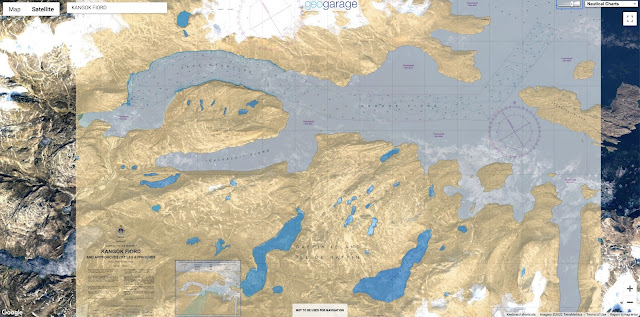
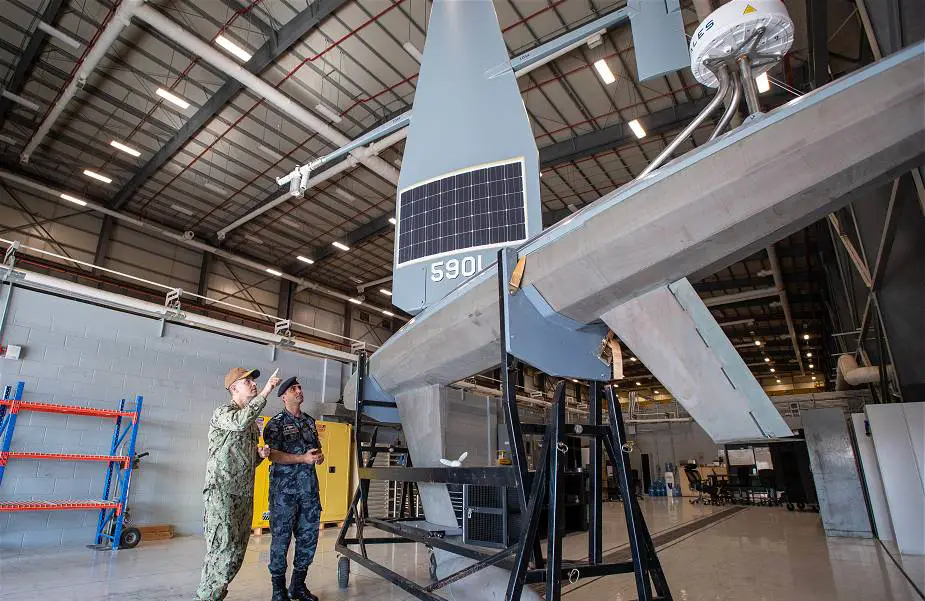
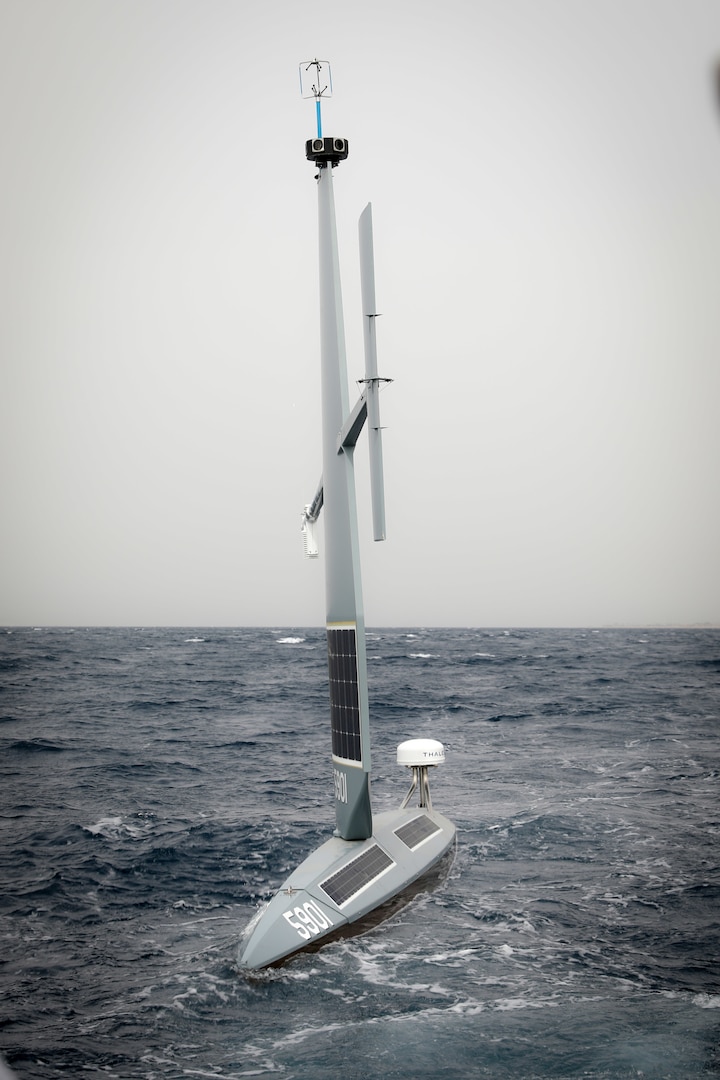




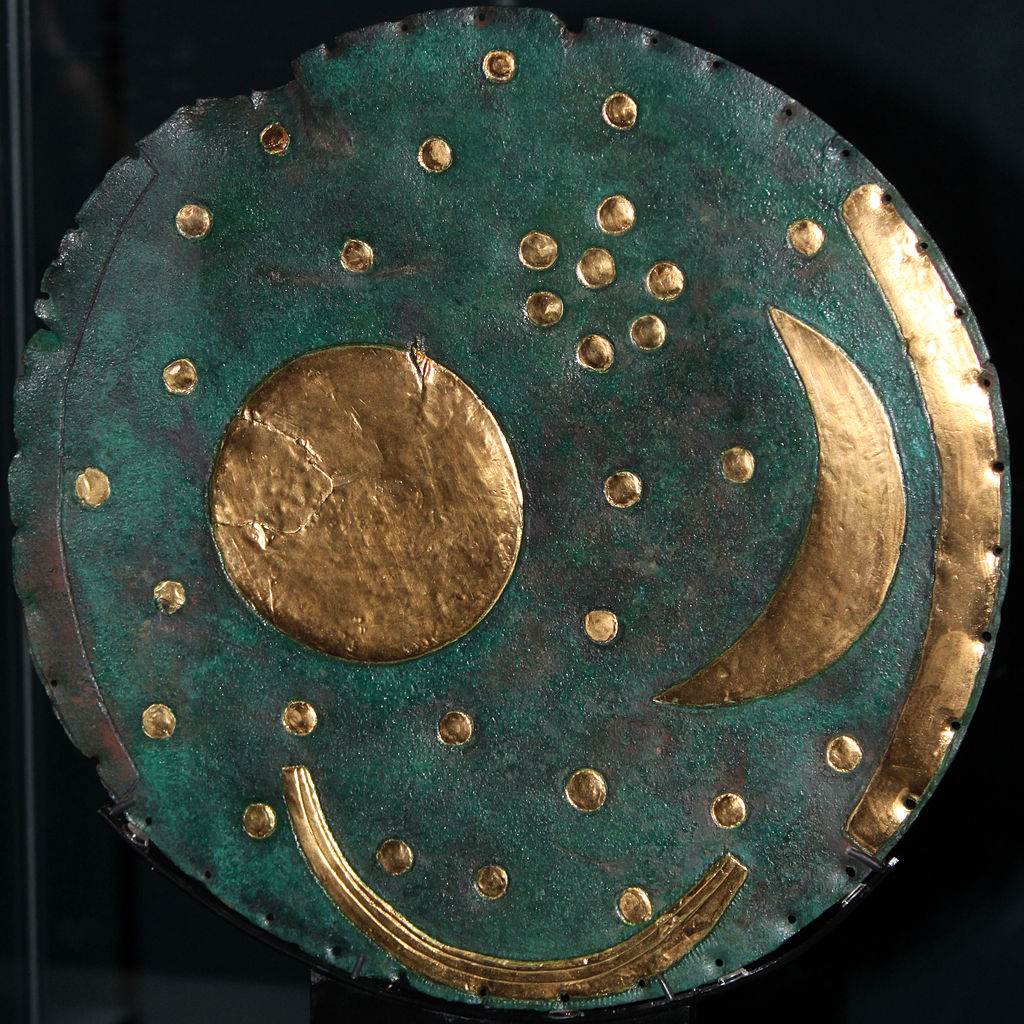
:quality(70)/cloudfront-us-east-1.images.arcpublishing.com/mco/2FQVCTH7HNDDDLD65XF7UOTQTQ.jpg)


